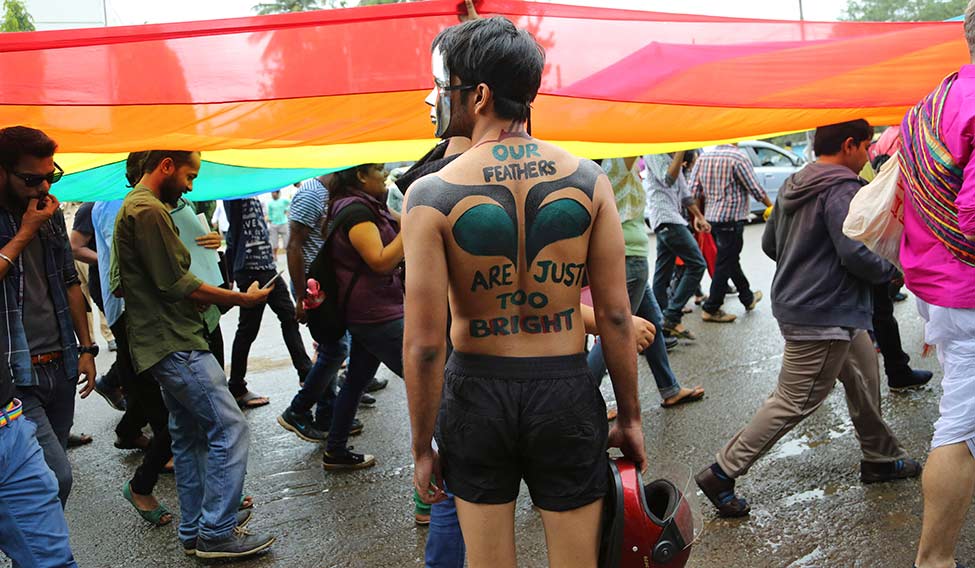During the colonial era, the British enacted the Criminal Tribes Act of 1871, which criminalised the transgender community in India. Under the act, eunuchs could be imprisoned for up to two years if they appeared in public dressed as a woman.
Although the act was repealed in 1949, the sentiment behind the law remained strong. Transgender people were shunned and ridiculed, and denied education and employment. It was only three years ago that the first progressive judgment in their favour was passed by the Supreme Court in the National Legal Services Authority (NALSA) v Union of India case. The court directed the government to extend reservations to the community in education and employment and take measures to address their problems such as gender dysphoria and depression.
Most important, the judgment gave transgender people the right to decide their gender. The court clearly differentiated between a person’s biological sex and their gender identity. It said: “Gender identity refers to each person’s deeply felt internal and individual experience of gender, which may or may not correspond with the sex assigned at birth.”
After the NALSA judgment, the Rights of Transgender Persons Bill 2014, was introduced in the Rajya Sabha by Tiruchi Siva of the DMK. The bill had many progressive provisions, including creating commissions and courts to protect their rights. However, it was never debated in the Lok Sabha and in its place, the ministry of social justice and empowerment introduced the Transgender Persons (Protection of Rights) Bill in 2016. It is set to be introduced in the current session of Parliament.
One of the biggest grouses that the community has against the bill is its very definition of transgender. The bill says: “A transgender person is a person who is neither wholly female nor wholly male; or a combination of female or male; or neither female nor male; and whose sense of gender does not match with the gender assigned to that person at the time of birth, and includes trans-men and trans-women, persons with intersex variations and gender queers.”
“The bill does not distinguish between intersex identity and transgender identity,” says Amritananda Chakravorty, one of the lawyers who worked on the NALSA case. “It is clear that they have taken the Australian law on intersex people and transplanted it here without understanding the difference.”
Jayna Kothari, lawyer at the Centre for Law and Policy Research, says that the Supreme Court has stated that every person has the right to identify as male, female or transgender but this bill is only for people who want to be identified as transgender. “Would I be covered in this bill if I’m a transgender person who wants to be identified as male?” she asks.
The bill also makes provision for a five-member district screening committee that would examine people before giving them the right to identify as transgender. “This violates the fundamental right of every transgender person to identify with the gender of their preference,” says Chakravorty.
After the transgender community made a hue and cry, the social justice ministry is said to be finalising nine amendments. It might give a transgender person the right to choose their gender instead of putting emphasis on a biological test. However, there are many provisions that are still problematic, including vagueness in defining ‘discrimination’ and lack of provisions for giving them livelihood options.






